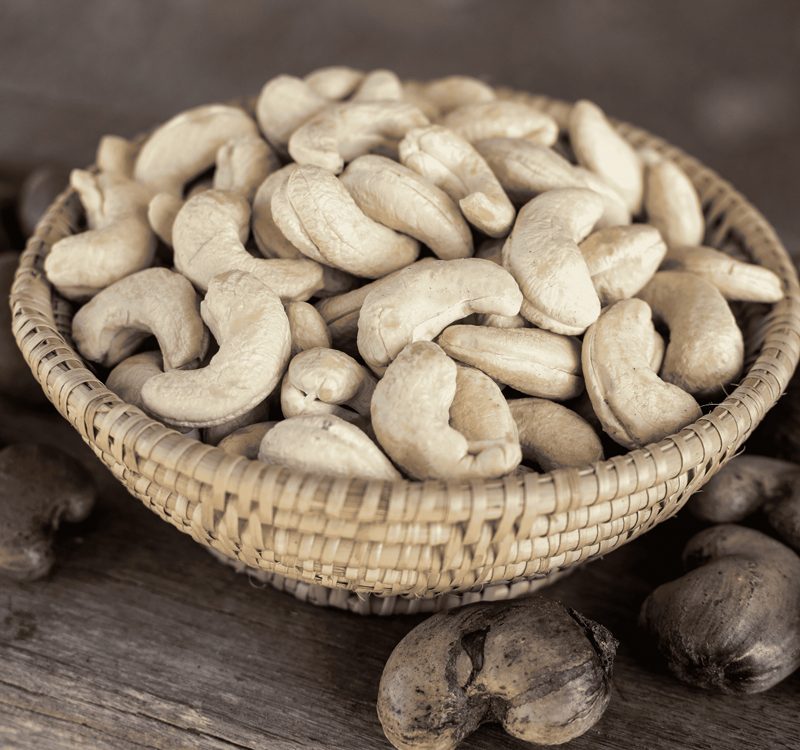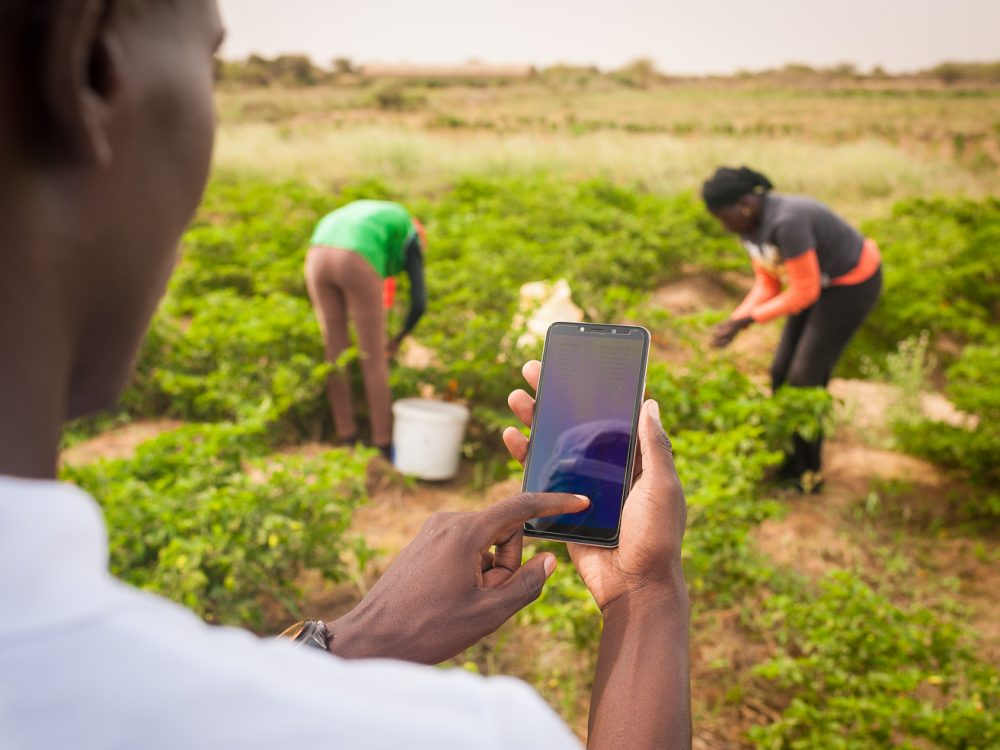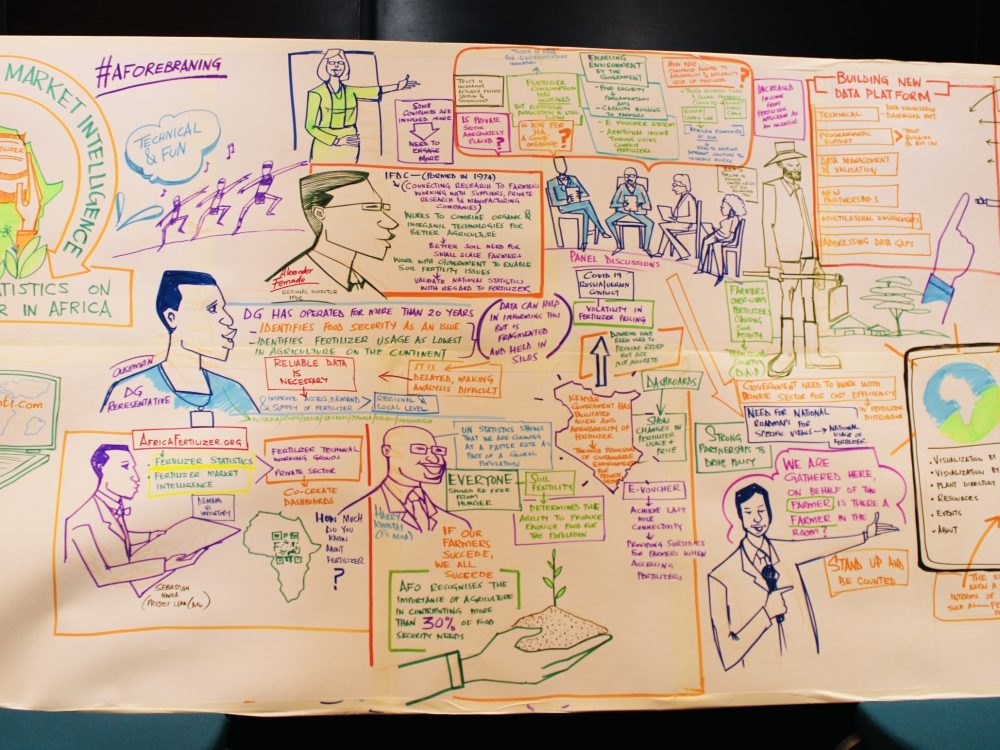Ensuring Data Works Where it Counts: IATI and Country Systems
Recently, we discussed the International Aid Transparency Initiative’s data publication and quality “tipping point”: per the IATI Secretariat, seven of the top ten development partners (DPs) in most countries are publishing IATI data.
We also invited the development community to join us in fostering IATI data uptake at the country level, and are pleased to announce that the French Ministry of Foreign Affairs and International Development has generously accepted this invitation. The Ministry is providing funds for IATI integration efforts in five countries with an Aid Management Program: Burkina Faso, Chad, Cote d’Ivoire, Madagascar, and Senegal.
Throughout the next six months, we will keep you updated on progress made and lessons learned with government partners. In the meantime, here is a quick summary of our ex-ante aspirations:
What we aim to achieve
It is important to note up front that this is not a pilot exercise. We already know, thanks to prior efforts in Rwanda and DRC that the IATI standard is compatible with common Aid Information Management System (AIMS) data fields and import mechanisms.
The goals of this work are to:
- Identify DPs that are publishing high-quality and timely data to the IATI registry, which could (i) improve data quality/coverage in AMP, or (ii) decrease the level of effort needed to sustain current data quality.
- Equip our government partners with the tools and skills needed to evaluate and validate IATI data for the selected DPs and automatically exchange of information between AMP and IATI registry.
- Update the governments’ data management plans to (i) reflect that IATI data, rather than direct country office reporting, will be used for the selected DPs on a sustainable, ongoing basis; (ii) document which field(s) should be manually updated, if missing from IATI feeds (e.g. sub-national locations, national planning objectives, sub-sectors, etc.); (iii) identify who is responsible for manual field updates.
- Establish standards and guidelines that the government can share with all partners. These standards would document data quality improvements that, once made, could lead to “default” IATI use (instead of direct reporting).
What we hope to learn (that could then be applied elsewhere)
In many ways, we all understand that donors’ and partners’ needs are often different. And it may well be that IATI may not always respond to all the AMP users’ needs. A better understanding of these different needs, and the best way in which IATI can reasonably meet them, would therefore have a positive impact on future IATI development and would improve the use of IATI data by donors and countries. This work will represent the most intensive use to-date of IATI data in country systems, which should provide a wealth of lessons for future IATI use.
Some of the questions we hope to explore include:
- What benefits (time savings, data coverage/quality improvements) can governments expect from using high-quality IATI data?
- What changes should be made to the IATI standard for improved usefulness and usability in country systems?
- What barriers (technical, process, skills, cultural) discourage IATI use, and how might they be addressed in other countries and contexts?
- What common data quality/timeliness issues exists in the IATI data sets that make it difficult to use in country systems?
What we plan to contribute to the broader IATI community
We hope this will represent an important contribution in terms of concrete examples on IATI data use by partner countries, and a step toward broad use of IATI data in country systems – and we will be actively contributing to the IATI community discussion boards and this blog as we go.
Specific deliverables will include:
- A country-driven report of lessons learned, opportunities, and suggested next steps for the IATI community (initial draft in time for the June IATI Steering Committee Meeting in Copenhagen).
- An open source tool for IATI field/value mappings and data import, including support for multiple versions of the IATI standard (starting with 1.03, 1.04, and 2.01).
We look forward to working closely with the IATI Secretariat and Technical Advisory Group (TAG) over the next 6 months, and especially with our government colleagues, to make sure that IATI data are useful where they are needed most.
Image of IATI data from the Open Knowledge Foundation under CC license.
Share This Post
Related from our library

Building a Sustainable Cashew Sector in West Africa Through Data and Collaboration
Cashew-IN project came to an end in August 2024 after four years of working with government agencies, producers, traders, processors, and development partners in the five implementing countries to co-create an online tool aimed to inform, support, promote, and strengthen Africa’s cashew industry. This blog outlines some of the key project highlights, including some of the challenges we faced, lessons learned, success stories, and identified opportunities for a more competitive cashew sector in West Africa.

Digital Transformation for Public Value: Development Gateway’s Insights from Agriculture & Open Contracting
In today’s fast-evolving world, governments and public organizations are under more pressure than ever before to deliver efficient, transparent services that align with public expectations. In this blog, we delve into the key concepts behind digital transformation and how it can enhance public value by promoting transparency, informing policy, and supporting evidence-based decision-making.

From Data Gaps to Impact: Key Insights from the VIFAA Program
Over the last six years, DG, together with its partners AfricaFertilizer (AFO) and Wallace & Associates, collaborated to implement the Visualizing Insights on Fertilizer for African Agriculture (VIFAA) Program. In the program’s final year (2024), the team undertook a “program learning process” to reflect on outcomes, challenges, and successes through internal interviews. This blog captures five key learnings, which we hope will guide similar programs aiming to bridge data gaps in agricultural development.